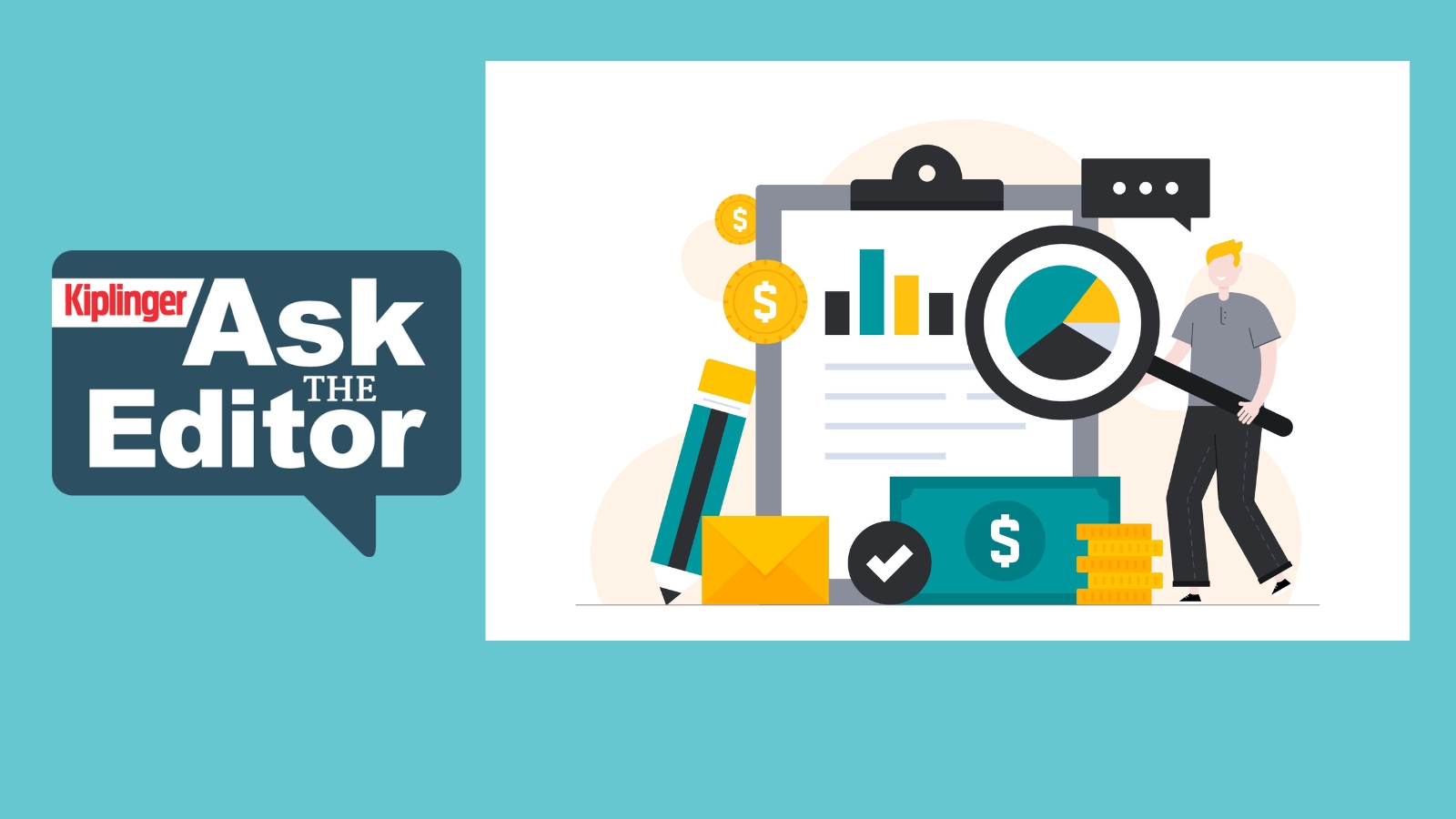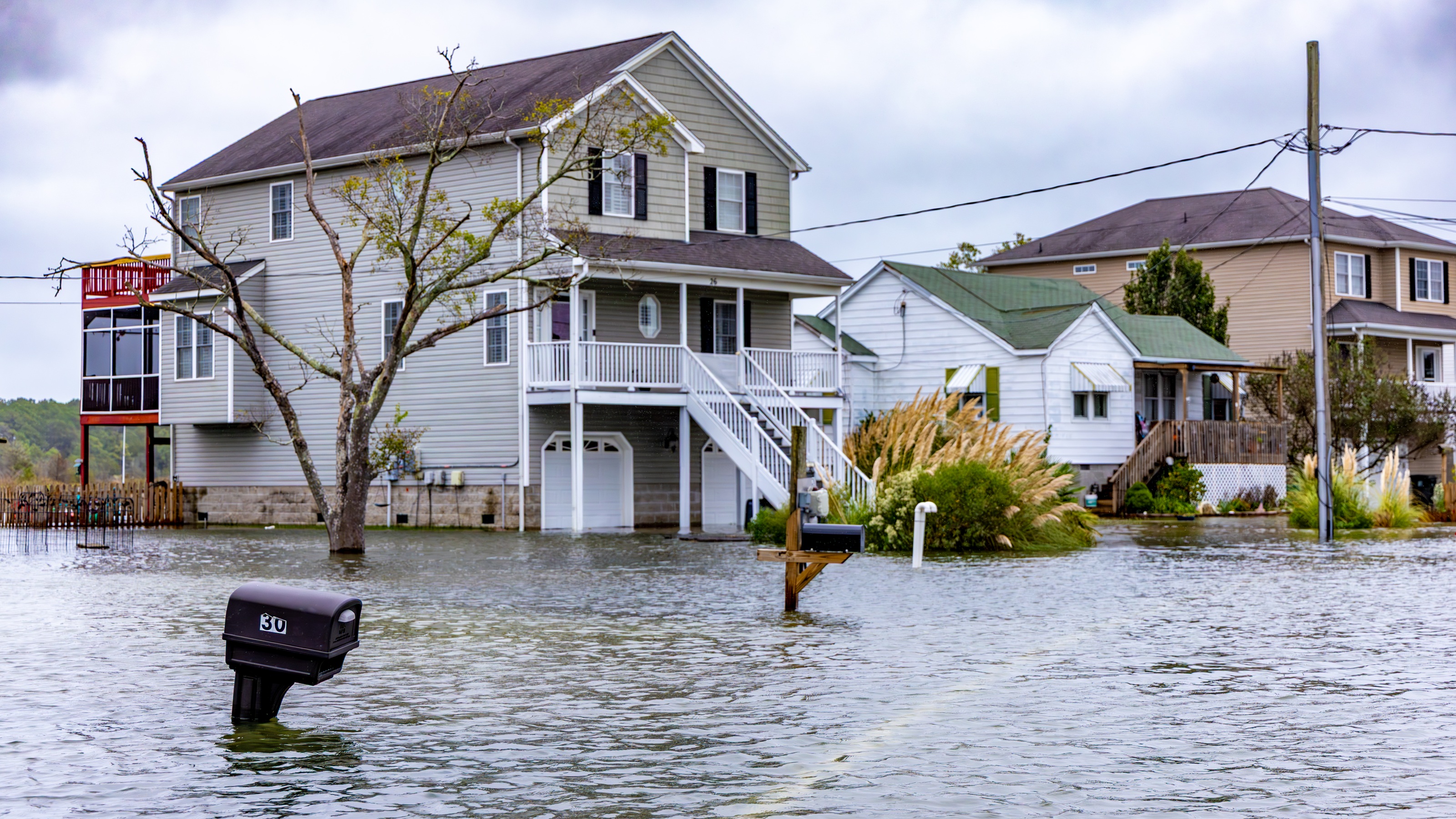Make the Final Months of Student Loan Relief Really Pay Off
All good things must come to an end, and for federal student loan holders, that end will be on Jan. 31, 2022. So, you’ve got a few months left to take full advantage of all the CARES Act has to offer. Here’s how.


Four months and counting: That’s how long those with federal student loans have until all the pandemic-related reprieves on payments officially come to an end on Jan. 31, 2022. Until then, take advantage of all the strategies available to you to put yourself in the best possible financial position.
The coronavirus relief bill, known as the CARES Act, was signed into law in March of 2020. It suspended loan payments, set interest rates at 0% and stopped collections on defaulted student loans. Its protections were extended multiple times, with the last extension coming on Aug. 6. As a result, for nearly two years, federal student loan borrowers were not required to make payments and saw no interest accrue during the relief period.
No action is required by qualified borrowers, as the loan payment suspension or forbearance will automatically continue through the end of January. Does that mean that borrowers must resume paying on Feb. 1? Not necessarily.
From just $107.88 $24.99 for Kiplinger Personal Finance
Be a smarter, better informed investor.

Sign up for Kiplinger’s Free Newsletters
Profit and prosper with the best of expert advice on investing, taxes, retirement, personal finance and more - straight to your e-mail.
Profit and prosper with the best of expert advice - straight to your e-mail.
Loan servicers should be contacting borrowers before the extension ends to confirm when to resume payments. However, if you have student loans and you don’t hear anything from your lender, you should contact them yourself. Don’t assume that if you are not contacted that you aren’t responsible for resuming payments, as this could put you at risk of accumulating late fees and perhaps even defaulting on your loans. Remember, it’s the borrower’s responsibility to pay their loans on time, whether or not they receive communication from their lender.
In the meantime, use your final months of loan forbearance wisely. Here are some ideas on how best to move forward until payments must restart:
What You Can Do with the Extra Money – 5 Tips
1. Increase Your Savings
If you don’t have an emergency fund or have depleted it during the pandemic, consider using the extra money normally dedicated to your student loan payments to rebuild it. The general rule of thumb is to save somewhere between three to six months’ worth of take-home pay. However, in light of the pandemic, some may want to increase that to six to nine months or even more. For example, if you’re self-employed, the sole breadwinner of your household, or don’t have job stability or security, you may want to aim for a savings of up to one year’s worth of your monthly take-home pay.
2. Go on a Debt Diet
Consider paying down high-interest rate debt, such as credit cards, before student loan payments resume. This strategy is known as the “Debt Avalanche Method.” Another strategy is to begin clearing off the debts with the smallest balance first, known as the “Debt Snowball Method.” Whichever strategy you use, aim to pay off as much as you can, because doing so can benefit you greatly in the long run.
3. Invest in Your Future
If you have ample emergency savings and have paid off high-interest rate debt, consider investing the additional money until repayments must resume. Begin with ramping up your retirement contributions, and set automatic contributions if you haven’t already. If you have, consider increasing your contributions by 2% (or more) of your income, and set it up so that it will automatically increase the same amount the following year. If your retirement savings are on track, then consider investing for other goals that you may have, such as buying a home, starting a business or simply building your wealth.
For example, you can begin by opening a brokerage account and start with a recurring deposit of $50 (or more) a month. Investing the extra money helps it grow over time, thanks to the magic of compounding interest, which potentially enables you to earn money on top of the money you earn.
4. Factor Your New Loan Payments into Your Budget
Review your budget and student loan repayment plan. Many of you have experienced quite a few changes during the pandemic, such as a job loss or a reduction (or increase) in income. So, now is a good time to reassess your repayment strategy, meaning making sure you can afford the payments when they resume, and if not, determining what repayment options may be available to you. A financial adviser, certified student loan expert or your student loan servicer can provide assistance and direction.
5. Continue Making Student Loan Payments to Reduce Your Principal
Whether or not you should continue paying on your student loans depends on a number of factors. If you are likely to qualify for Public Student Loan Forgiveness (PSLF) in the future, you will not benefit from paying on your loans during the suspension. However, if you have private loans or other debts, such as high-interest rate debt mentioned above, you may want to prioritize paying off these first. On the other hand, if you are unlikely to qualify for PSLF, then you first need to determine if you have unpaid accrued interest and how much. If you have accrued interest, any payments made will go toward paying that off first, before they go toward your principal.
If you don’t have accrued interest and you’ve implemented all of the above recommendations (emergency savings, paying off debt, investing), then you may want to consider using the extra money to aggressively pay down your principal while there is a zero percent interest rate.
Forbearance Advice for New or Current College Students
What impact does the suspended loan payments have on new or continuing college students? First, let’s begin by explaining the two types of loans that are provided by the federal government and are strictly for students – the Direct Subsidized Loan and the Direct Unsubsidized Loan. A key difference with the subsidized loan is that the government pays the interest while the student is in school and during the six-month grace and deferment periods. Eligibility for this loan is based on financial need.
Conversely, with unsubsidized loans, the student is responsible for all of the interest that accrues; however, they can defer payment until six months after graduation. Also, unlike the subsidized loans, eligibility is not based on financial need. There is a yearly maximum amount that students could be offered. For college freshman, the maximum is $5,500 if they were awarded both the Direct Subsidized and Unsubsidized loans. Over a five-year period, students can borrow a maximum of $31,000.
Pre-pandemic, both loans were typically deferred until graduation. But remember, interest was still accruing on unsubsidized loans. Now, with the current payment suspension, the interest accrual on the unsubsidized loan is halted and therefore treated like the subsidized loan. This is, therefore, beneficial for current college students and those starting school this fall.
Thus, here’s a thought for parents who under normal circumstances wouldn’t take out loans: They may now want to consider taking them, at least temporarily. Why? They can take advantage of the forbearance by keeping funds that they plan to use toward college expenses in an interest-bearing account. When the moratorium on student loan payments end, they could pay off the loan and keep the interest.
Advice for Incoming and Future College Students
What does all this mean for students entering college in 2022 and beyond? In April, President Biden unveiled his $1.8 trillion “American Families Plan,” and while it did not include loan forgiveness, it would provide other essential forms of support to families in need, if the legislation is passed. One form of support entails providing free tuition for community college students. Given that many students are opting to go to a community college due to the rising cost of higher education and the uncertainties of the pandemic, such a benefit can make college more affordable for many families. The relief package would also increase the maximum Federal Pell Grant by $1,400 (increasing the average Pell Grant by roughly $900), which would be beneficial for low and moderate-income families.
However, for higher income families, these benefits won’t reduce the burden of paying for college, which makes planning ahead all the more important. As the cost of a college education continues to rise, it likely means that student loan debt will too. The average student graduates from college with nearly $40,000 in student loan debt. So, this means that no matter what the federal government decides to do, parents need to be in the driver’s seat. They MUST lead the college selection process (with the child as co-pilot) because they have the most to lose. What do I mean by “lose”? It means picking the wrong school, overpaying or underestimating total costs, including how many years it actually takes to graduate and ultimately earn the degree. As a result, many parents resort to tapping into their home equity, taking out large second mortgages and/or diverting retirement funds to pay for college and therefore have to work longer than they had hoped or planned.
To avoid being in this situation, financial planners, particularly those who specialize in college planning, can provide guidance and direction in this effort too. Independent Educational Consultants may also be a great resource.
Finally, What about Those Who Currently Have Private Student Loans?
Unfortunately, the CARES Act extension until Jan. 31, 2022, only applies to federal student loans, such as Federal Student Subsidized Loans, Federal Student Unsubsidized Loans, Federal Parent PLUS Loans and Graduate PLUS Loans. However, many private lenders are offering relief similar to the temporary forbearance, but interest will likely still accrue. Borrowers with private loans can start by checking their servicer’s website for information on COVID-19 relief or contact them to inquire about forbearance or rate reduction programs.
More Updates are Expected
Stay tuned. The Federal Student Aid site provides the latest updates about the coronavirus student loan relief and its impact on students, borrowers and parents. For more information on student loan forgiveness legislation, visit the U.S. Department of Education’s website.
Profit and prosper with the best of Kiplinger's advice on investing, taxes, retirement, personal finance and much more. Delivered daily. Enter your email in the box and click Sign Me Up.

Derenda King is a CERTIFIED FINANCIAL PLANNER™ professional, Certified Student Loan Professional (CSLP®) and financial adviser with Urban Wealth Management. She is also the owner of Collegiate Financial Coach, LLC, which provides financial coaching to families with college-bound students who need assistance with developing a college funding plan and to individuals seeking strategies for repaying their student loan debt. Prior to becoming an adviser, Derenda worked in higher education, and she is still an educator at heart. She provides comprehensive, holistic financial planning services, with an added focus on late-stage college planning, and is passionate about educating, empowering and equipping individuals with the knowledge to make more informed decisions about their money.
-
 Last Chance to Take Advantage of Tax Credits and Low Rates for These Home Upgrades
Last Chance to Take Advantage of Tax Credits and Low Rates for These Home UpgradesFed rates are dropping and tax credits are expiring. These home upgrades won't be this affordable in 2026.
-
 Ask the Editor: Modified Adjusted Gross Income
Ask the Editor: Modified Adjusted Gross IncomeAsk the Editor In this week's Ask the Editor Q&A, Joy Taylor answers questions on the meaning of modified adjusted gross income, or MAGI.
-
 Are You Retired? Here's How to Drop the Guilt and Spend Your Nest Egg
Are You Retired? Here's How to Drop the Guilt and Spend Your Nest EggTransitioning from a lifetime of diligent saving to enjoying your wealth in retirement tends to be riddled with guilt, but it doesn't have to be that way.
-
 Government Shutdown Freezes National Flood Insurance Program: What Homeowners and Buyers Need to Know
Government Shutdown Freezes National Flood Insurance Program: What Homeowners and Buyers Need to KnowFEMA's National Flood Insurance Program is unavailable for new customers, increased coverage or renewals during the government shutdown.
-
 Separating the Pros From the Pretenders: This Is How to Tell if You Have a Great Adviser
Separating the Pros From the Pretenders: This Is How to Tell if You Have a Great AdviserDo you leave meetings with your financial adviser feeling as though you've been bulldozed into decisions or you're unsure of what you're paying for?
-
 Five Downsides of Dividend Investing for Retirees, From a Financial Planner
Five Downsides of Dividend Investing for Retirees, From a Financial PlannerCan you rely on dividend-paying stocks for retirement income? You'd have to be extremely wealthy — and even then, the downsides could be considerable.
-
 I'm a CPA: Control These Three Levers to Keep Your Retirement on Track
I'm a CPA: Control These Three Levers to Keep Your Retirement on TrackThink of investing in terms of time, savings and risk. By carefully monitoring all three, you'll keep your retirement plans heading in the right direction.
-
 Debunking Three Myths About Defined Outcome ETFs (aka Buffered ETFs)
Debunking Three Myths About Defined Outcome ETFs (aka Buffered ETFs)Defined outcome ETFs offer a middle ground between traditional equity and fixed-income investments, helping provide downside protection and upside participation.
-
 This Is Why Judge Judy Says Details Are Important in Contracts: This Contract Had Holes
This Is Why Judge Judy Says Details Are Important in Contracts: This Contract Had HolesA couple's disastrous experience with reclaimed wood flooring led to safety hazards and a lesson in the critical importance of detailed contracts.
-
 A Lesson From the School of Rock (and a Financial Adviser) as the Markets Go Around and Around
A Lesson From the School of Rock (and a Financial Adviser) as the Markets Go Around and AroundIt's hard to hold your nerve during a downturn, but next time the markets take a tumble, remember this quick rock 'n' roll tutorial and aim to stay invested.